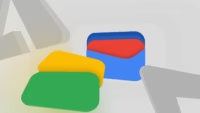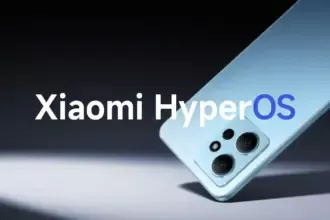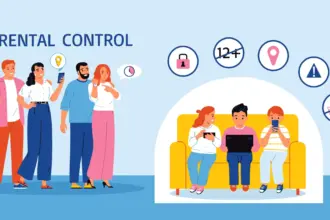
The release of Android 12 heralds the beginning of a new era. Google has recently taken its design language more seriously, overhauling the majority of Android’s user interface to the point that it feels almost like a new operating system.
The new Material You design approach, as Google puts it, is fantastic, with substantial modifications to the Quick Settings and lock screen, as well as a tight notification shade. There are numerous changes, both subtle and obvious, and you’ll quickly notice that this is the most significant visual upgrade to Android since the introduction of Material Design in 2014.
Android 12, which is still in beta as of now, has enormous intentions. Partnerships with several third-party phone manufacturers are among those ambitions, allowing phones other than Pixels to participate in the beta. Of course, when the entire version of Android is out, we’ll have to see how the finest Android phones adopt Google’s new vision.
On the Flip Side
If you’ve used Android 12, you’ve probably seen the pared-down power menu – Google has removed many of the capabilities that were there in Android 11. And it appears that the firm is aware of this. Google has secretly inserted a message explaining where all those missing capabilities went, according to reports.
When you initially open the power menu, Android 12 will display a notification instructing you to swipe down from the top of the screen to discover Google Pay, Home controls, and other ‘missing’ functions. Although it isn’t as convenient as before, you won’t be scrambling to find common jobs.
The notice shows that some Google employees are dissatisfied with the new Android 12 power menu. There are also some data to back up that unhappiness. If the decreased feature set was a deliberate decision, one Googler commented on a bug tracker for the power menu that the product was “doomed.”
The remark opens the possibility that Google will reverse course if enough people are dissatisfied with the power menu’s retreat. If nothing else, it serves as a reminder that when firms adopt OS feature changes, they don’t always have consistent support, and such changes aren’t always permanent.
In other news
As a result of the pandemic, people have been confined to their homes even the most mundane tasks have moved to the digital realm hence the reliance on technology to carry out simple tasks has greatly increased. However, during these troubling apps, a few quite impressive utility apps have emerged such as smart switch apps which allow users to carry out data transfers without any hassle. These apps have no complicated processes hence extremely simple to use plus the minimalistic UI is quite appealing. As the pandemic prolongs, we’ll have to wait and see what the next trend in the app world is. Will the trend of utility and entertainment apps continue or will we observe a dynamic shift in the spectrum? I guess all we can do for now is waiting.






